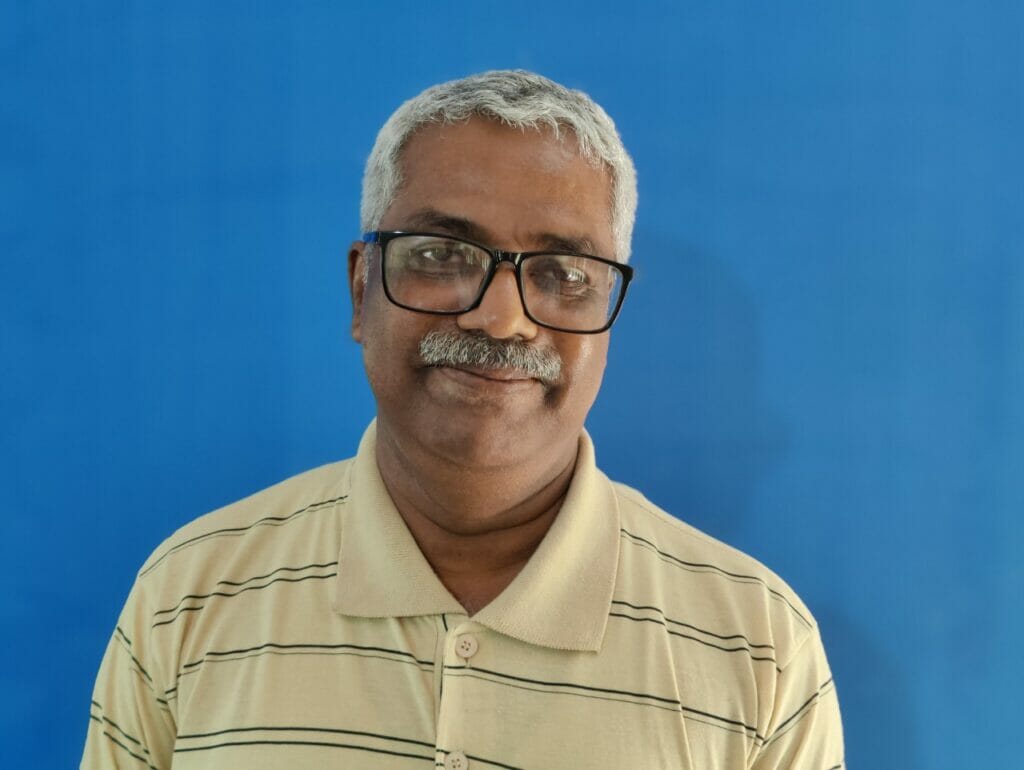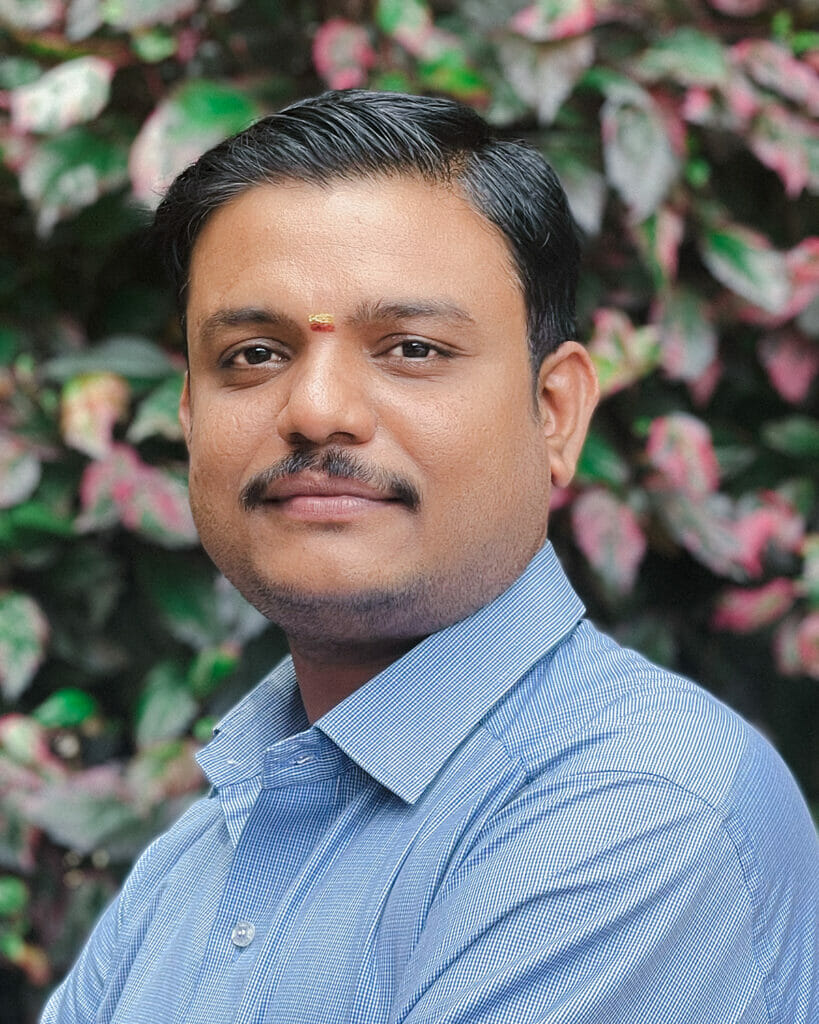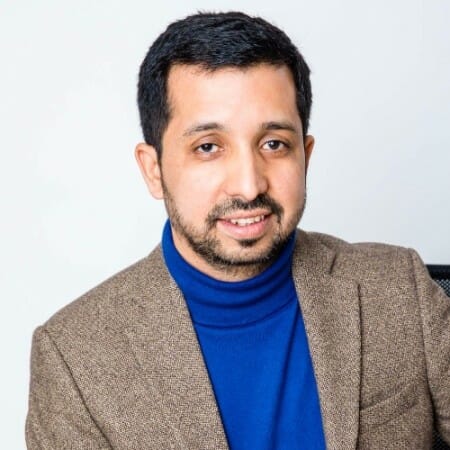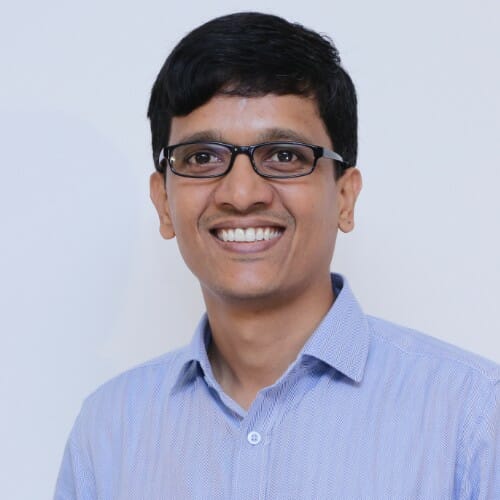Language.
One simple word that hosts so many worlds.
The spoken word (and its written version) form the basis of human social interaction from the start of civilization. Linguistic anthropology is a fascinating study of why we speak the way we do.
Every language has a place of origin from where it travels the world, adding to the community treasury of speech wherever we choose to make our lives. So the Hindi word “loot” could make it to the English language and the Tamil word “kolaveri” was added to our national lexicon.
But while a multilingual society (like Bengaluru where we speak 107 languages in the city – more than anywhere else in the country) celebrates its cosmopolitan social fabric, Kannada, which is the mother tongue of the native demographic, has often had to wriggle around to find its space among many.
Read more: Meet Lolbagh, the Kannada stand-up comedians
The state government, over the years has had several outreach programmes to popularise the language. However, with the digital explosion of communication, the private players have emerged the champions for the outreach of the language.
Not limited by the unimaginative bureaucratic constraints, these folks leveraged technology to not just popularise Kannada language, but also expand its lexicon. The internet and social media are now potent instruments of persuasive outreach instead of pervasive politically motivated coercion – honey versus vinegar.
Sonu Venugopal’s comedy reels
Soumya Venugopal, aka Sonu Venugopal, on Instagram is one such hit. Boasting of more than 140 thousand followers, this former radio jockey started making Instagram comedy reels in her native north Karnataka dialect. “My family is originally from Belgaum and I studied in Dharwad myself. When I moved to Switzerland after my wedding, I found it hard to find Kannada comedy content that was not overpowered by background music and cringe innuendoes. There was a gap and I figured I could add to it, ” she says.
Though she was on Instagram from 2017, it was during the COVID-19 lockdown that she took this up seriously. Simple sketches from everyday life became her fodder.
“My mother has lived in Bengaluru for the last three decades and she still speaks in the dialect. So it came very naturally to me. Though it was hard for even native Kannada speakers to understand it at the beginning, after I started to subtitle them, my listeners increased.”

Sonu has a simple mantra to get people curious about Kannada. “Don’t intellectualise it. Most people after a certain age find it difficult to learn a new language and they learn it only if they need to. The era of language enthusiasts is almost over and most people, should they choose to learn a new language, opt for exotic global languages like French, German, Spanish etc.”
“We need to package it in a fun way so people want to know more about it. None of them want to read classics! They want to learn to speak. Let’s give them that. A Bihari man, who is married to a Kannada speaking lady, said he listens to me so he can at least converse with her. ”
Pavan Srinath’s Thale-Harate podcast
Pavan Srinath, host of the popular Kannada podcast Thale-Harate, also has a similar story. “A European lady, who was dating a Kannada speaker, has been a regular listener of our show so she could learn the language.”
But the idea of Thale-Harate was not conceived to promote love stories (though that is a happy outcome). “When you think of certain conversations for e.g. technical or scientific topics, most of them stay locked in English and others are discussed in Kannada. We started this podcast to bridge the two.” With more than 140 episodes since 2018, Thale-Harate covers a plethora of topics in regular spoken Kannada that is laced with words from English and other dialects.

“The advantage of technology is that we have been able to reach out to non-resident Kannada speakers, who live across the world. Our platforms allow us to converse in various dialects giving legitimacy and representation of them. When we studied Kannada in school, there was a standardisation of the language dictated by textbooks. Today, we have movies in the Kundapur dialect, talk shows in north Karnataka dialect, comedy reels in Mysore Kannada etc. This is a very important representation,” he says.
Pavan is also very supportive of the fact that private players like himself are playing their part in popularising Kannada. “If it is only the state government that is to be responsible for upholding any language, then it shows that there is a decay. Any language is owned by the people who speak it. We all have a responsibility toward it. It needs to be easier for an audience to connect.”
Kollegal Sharma’s Janna Suddi
Amble Srikanta Kalyan Venkat Subramanya Sharma, aka ASKVS Sharma, had a similar sentiment about his long name. “Nobody would remember all of it,” he jokes. But his more popular name, Kollegal Sharma, is extremely popular for busting a myth that WhatsApp forwards are all erroneous. Using this very popular medium to push his daily ten minute capsule “Jana Suddi”, Sharma has made science easy for students studying the subject in Kannada.

It all started in 2011. Sharma, who worked as the PR officer for CFRI for 40 years, presented a paper at the National Institute of Advanced studies, where he discussed the shortcomings of using digital platforms to push Kannada content. As the idea took hold, he started to explore the idea of audio science books for government schools.
“I realised that the students couldn’t read and write science in Kannada and the teachers had limited resources to update themselves. We originally pitched the idea of audio books and we had sent a small sample of a recording to figure out the resources we needed. That became more popular and we started Jana Suddi as a weekly capsule of half an hour in 2017.”
“But the problem was that these were rural areas with limited connectivity. Whatsapp was more convenient for them to access our content. So we then turned it into a daily capsule of ten minutes – from history of medicine, chemistry, scientific news, and biographies of scientists – we covered it all,” he says.
Using easily available technology like smartphones, open source editing tools, and noise cancelling headphones that were given to him by his friend, Sharma and his 15 member volunteer group have been at this for five years.
“We started with a 20 member group and eventually it grew to about 850 people, who then forwarded the capsule to about 3,000 people everyday. While we have our content on SoundCloud and Youtube, WhatsApp remains our most popular platform, ” says Sharma.
Manjunatha R’s Kannada font
While all of the above three work with the spoken word, Manjunatha R trained his focus on the written script of Kannada. For those of us who have worked in corporate organisations, Visual Standard Identification requirements have meant specific fonts for specific documents. Times New Roman, Arial, San Serif – we have a plethora of designs to choose from. Kannada didn’t have a choice.

Manjunatha, who trained and taught graphic design, wanted to change this. “For the longest time we only had NUDI for typing Kannada. But when we wrote as children – designed banners posters etc – there was so much we could play with in terms of design. I wanted to digitise that art,” says Manjunath.
The result – two font types – Bengaluru and Bandipura. Bengaluru font has five styles under it – Dot, square, pixel, smooth and LED. LED was specifically developed for the KSRTC and BMTC display boards because they often had spacing issues.
Manjunatha, whose mother tongue is Telugu, started work on digitising his font designs in 2019 and took nearly a year to finalise the Bandipur style.

“As an artist, I can draw the design by hand easily. But when you digitise the Kannada font, it took me a long time to master the python script. The COVID-19 lockdown gave me a lot of time.” All of the fonts are now available on his website free of cost. When asked why he decided against monetising it, Manjunatha says: “We do get some remuneration from Google. But I wanted to popularise the written script of a language I grew up with. As an artist, that’s something close to my heart,” he says.
Pavaman’s and Vasant’s Mylang app

Pavaman Athani and Vasanth Shetty too started their brain child, Mylang, a mobile app, to allow people to read the written word easily. The app, which has been downloaded more than one lakh times, allows you to access more than 1,300 audio and ebooks, including classics from the likes of Rashtra kavi Kuvempu.
MyLang came into being in 2020, just before the world locked down. “I was raised in Chitradurga and Kannada books were at the heart of my upbringing. But when I stepped out of there, it wasn’t easy to come by books. There is a joke that is often shared – we have about 1,800 wine stores but only 72 bookshops that sell Kannada literature. That needed to change and since I have a background in Tech and Entrepreneurship, it seemed natural to marry them, ” says Pavaman.

Pavaman credits this to the boom of smart phones, data plans, and mobile payments that made access easier. From non-fiction to science fiction and cinema style audio stories, the app allows for authors to self publish their work and even voice artists to record the stories.
Read more: One lesson at a time, they teach Kannada online
“The process of Kannada publishing was being decided by a select few (for various reasons). Digitisation has allowed us to democratise regional language content without financial constraints. If one were to follow the traditional printing method, the economics of printing a book is correlated to the number of books one can sell. With digitisation, we don’t have those constraints. We can publish just one copy of the book and still be okay.”
Clearly, language as an identity is a powerful cultural buttress, which can be the centrepiece of multicultural thrust that links the past to the present and the future. The efforts to preserve, promote, and reinvent it as a tool of assimilation while promoting cultural distinctiveness is to be lauded.